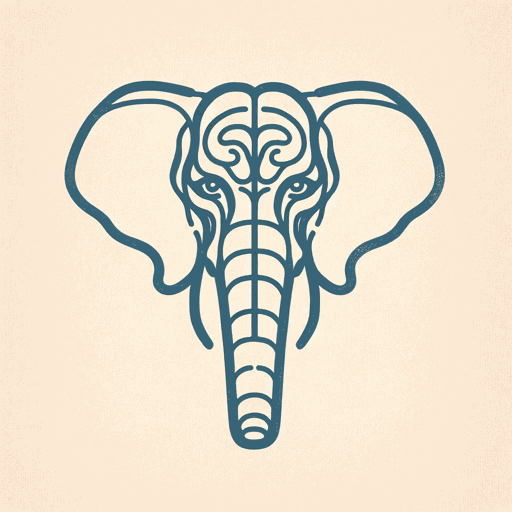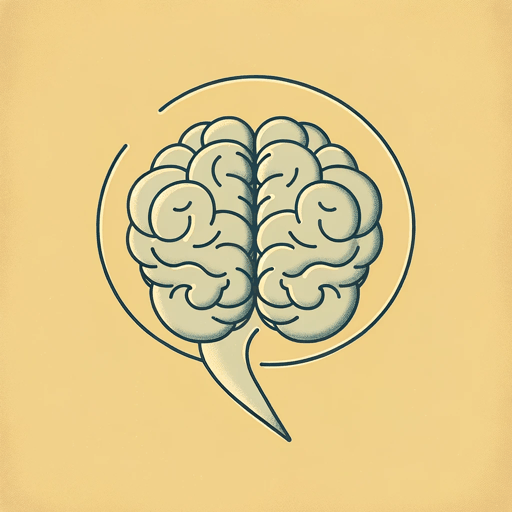37 pages • 1 hour read
Jonathan HaidtThe Righteous Mind: Why Good People Are Divided by Politics and Religion
Nonfiction | Book | Adult | Published in 2012A modern alternative to SparkNotes and CliffsNotes, SuperSummary offers high-quality Study Guides with detailed chapter summaries and analysis of major themes, characters, and more.
Summary and Study Guide
Overview
In The Righteous Mind: Why Good People Are Divided by Politics and Religion, published in 2012, social psychologist Jonathan Haidt presents a new way to understand the often-contentious moral divides in politics and religion. Haidt looks at the topic in three separate parts. First, he works to give a clearer picture of how the mind works. Secondly, he presents a framework for understanding the different moral values that emerge between different cultures and political parties. Finally, he suggests some advantages to being part of a group as well as some noteworthy limitations. He ends with a call for civil debate that factors in different moral matrices and a better understanding of how moral minds work.
Haidt’s understanding of the mind runs counter to the typical rationalist beliefs of Western philosophy. He asserts that emotion and intuition carry far more weight in our judgments than reason does. He creates the metaphor of the moral mind, one that makes judgments instantly based on feelings and bodily sensations, as the elephant. The elephant is in control, though it is steered by the rider, which is the rational mind. The rider also has the job of acting as a press secretary, explaining the presidential verdicts of the elephant. Reason is not the slave of emotion in Haidt’s view, but it is certainly secondary. It is difficult to change anyone’s mind, including our own, unless we talk to the elephant.
After presenting this view of the elephant and the rider (larger intuitive knowledge and secondary rational knowledge), Haidt explores the moral foundations, which he calls “taste buds,” that he believes are common across all cultures and groups, though different moral matrices emphasize different foundations. The liberal moral matrix emphasizes Care and Fairness whereas the conservative moral matrix focuses on additional moral taste buds such as Authority, Sanctity, and Loyalty. Different cultures and groups determine their moral matrices based in part on whether they are sociocentric—emphasizing the importance of the group and its cohesiveness—or individualistic—fighting for the supremacy and rights of the individual above all.
Finally, Haidt suggests that groups, including political or religious ones, are not necessarily problematic. They serve significant functions, including activating a “hive switch” that allows the individual to connect to something larger and universal, transcending the lone self. Groups offer a sense of a moral matrix and rules for maintaining it. Haidt states that morality “binds and blinds” (313), meaning that we are given the opportunity to have a transcendent experience via group membership but this same group membership can keep us from seeing the validity in other groups’ moral matrices, which may simply hinge on other moral foundational “taste buds.”
Ultimately, Haidt is interested in fostering more productive conversations among political groups and understanding how people arrive at their ideas of right and wrong. He advises people “talk to the elephant” when persuading others and provides a clear set of moral foundations to use as reference when trying to understand a different group and its belief system. Haidt’s view of morality is functional, not prescriptive. His goal is a better understanding of differences and better ways to talk about these differences.
Related Titles
By Jonathan Haidt



